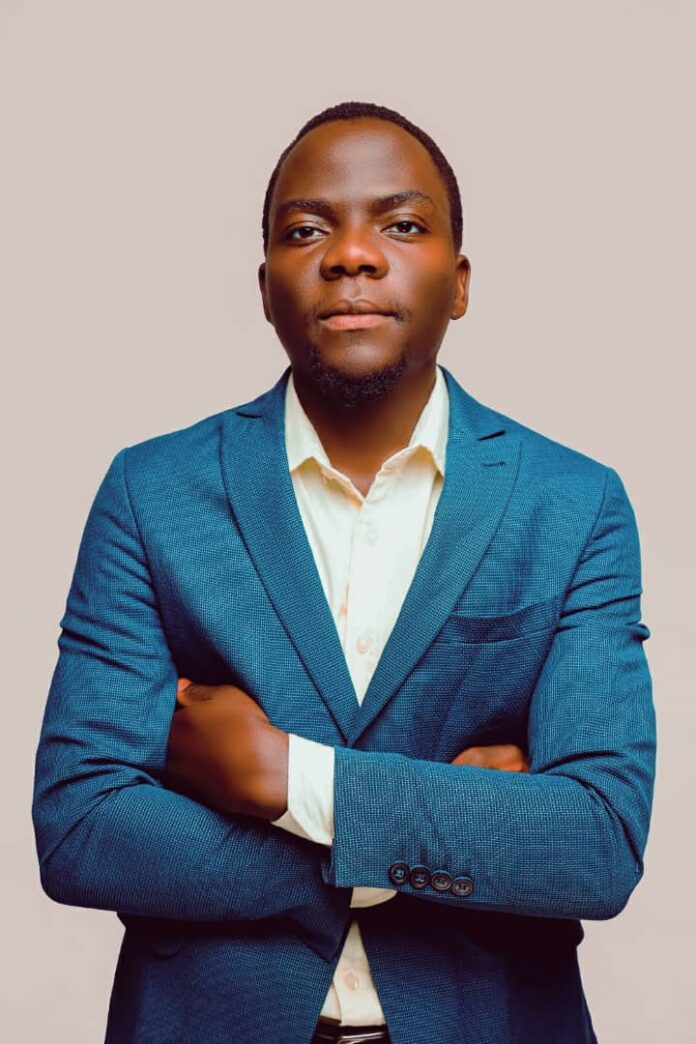By Byantuyo Jarvis Welliamz
Busoga region, nestled in eastern Uganda, boasts a rich and storied educational heritage, once home to institutions that shaped some of the nation’s most influential minds.
Schools like the prestigious Namasagali College, which educated prominent figures such as the Right Honourable Rebecca Alitwala Kadaga, former Speaker of Parliament, and singer Irene Namubiru, stand as testament to a golden era of academic excellence.
Alongside Namasagali, Busoga College Mwiri, MM College Wairaka, Jinja Senior Secondary School, Busoga High School, Buzaaya Senior Secondary school e.t.c were formidable centers of learning, drawing students from across the country and beyond.
However, a growing sentiment among locals suggests that this once-thriving educational landscape has struggled to maintain its luster, particularly since the introduction of Universal Secondary Education (USE) in Uganda.
One who claimed anonymity said “If father Graimes was alive today, he couldn’t believe the current Namasagali college is the same school he headed in the 80s.”
While USE (Universal Secondary Education, a government programme offering education in public schools) was conceived with the noble goal of increasing access to education for all, some observers in Busoga believe the region has benefited disproportionately less from its implementation.
The pre-USE era saw Busoga’s top schools renowned for their rigorous academic standards, strong discipline, and impressive infrastructure.
They were institutions of choice, often privately run or government-aided but with significant autonomy, allowing them to attract and retain highly qualified teachers and maintain high educational outcomes.
With the advent of USE, government funding for secondary education became more centralized and standardized, aiming to provide free access to a wider student population.
While this has undoubtedly increased enrollment, concerns have been raised about the impact on the quality of education in some of Busoga’s traditional academic powerhouses.
Critics argue that the increased student numbers under USE, coupled with potentially diminished resources or altered funding mechanisms for historically strong schools, may have strained facilities, diluted teacher-to-student ratios, and impacted the overall learning environment.
There’s a perception that the focus on universal access may have inadvertently led to a decline in the high academic standards that once characterized Busoga’s elite institutions.
“Namasagali College, for example, was a beacon of holistic education, producing well-rounded individuals,” remarks a former student who requested anonymity.
“While USE is good for access, one has to wonder if the quality we once enjoyed has been maintained across the board, especially in our once-premier schools.”
Indeed, the challenge for Busoga now lies in reconciling the imperative of universal access with the desire to restore and maintain the high standards that were once its hallmark.
While USE has opened doors for countless young Ugandans, a critical examination of its impact on regions like Busoga, with their strong educational legacies, is essential.
Local leaders and education stakeholders in Busoga are increasingly calling for targeted interventions and increased support to help these historically significant schools regain their former glory.
The hope is that by addressing the specific challenges faced by Busoga’s educational institutions, the region can once again become a leading light in Uganda’s academic landscape, building on its rich past to secure a brighter future for its youth.
Mr. Byantuyo Jarvis Welliamz is a researcher .



